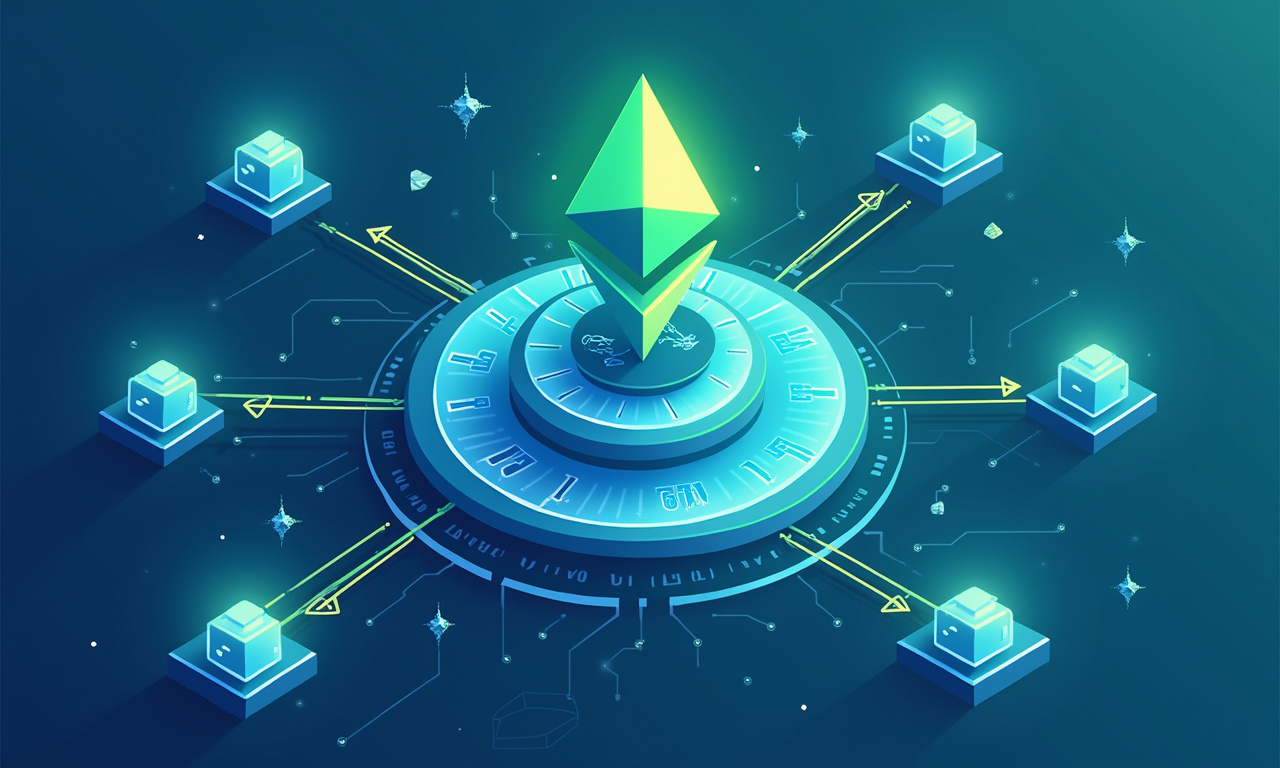Layer 2 solutions are radically changing the blockchain space. These secondary frameworks overlaid on Layer 1 blockchains such as Ethereum and Bitcoin are beginning to tackle some of those damning shortfalls. These innovations are largely aimed at increasing speed, cost-efficiency and scalability.
Layer 2 scaling solutions are aimed at solving challenges innate to blockchain technology. They provide a way forward to faster, cheaper, and more scalable operations. Most of these solutions process transactions off-chain or in parallel. This allows for almost instant results and an overall faster, smoother user experience.
Layer 2 solutions address these issues by handling transactions off-chain. In doing so, they take advantage of the security of their parent chain. This methodology leads to much quicker and cheaper operations.
Some of these solutions reduce costs by taking transactions off-chain or by batching them together for on-chain settlement. This allows them to offload the computational burden onto the main chain.
Layer 2 supports complex DeFi projects. It is able to do most computation off-chain while remaining extremely secure. This enables a broader range of applications.
Layer 2 minimizes latency, facilitates better user experience and allows for instant payments or high-frequency trading. This creates a more practical use case for blockchain technology in consumers' daily lives.
Layer 2 scaling comes in various forms. Each form is appropriate to different use cases and needs.
Rollups aim to ease congestion on Ethereum’s main chain by bundling hundreds or thousands of transactions into a single cryptographic proof. This proof is subsequently validated on the base layer.
Layer 2 solutions including Arbitrum, Optimism, and Lightning Network play an equal part in creating a more scalable and open blockchain world. They are each using different strategies to increase the throughput of transactions and lower the fees per transaction.
Arbitrum can significantly reduce Ethereum transaction costs. It lowers them to a few cents at most, instead of the $10–$100 surge during peak times. This opens up Ethereum to many more users and developers.
Layer 2 technologies, such as Rollups and state channels, offer solutions by bundling transactions together or processing them off-chain. Then, they settle the final results on-chain.
Layer 2 solutions further reduce the costs of actions such as swapping, lending, and staking. This increases the accessibility of DeFi platforms like Uniswap and AAVE to small investors. This democratization of access is no small benefit.
In practice, NFT platforms such as OpenSea leverage Polygon to mint and trade digital collectibles at a rapid pace and low cost. This not only improves the user experience, but increases accessibility and promotes wider participation in the NFT marketplace.
Ethereum acts as the primary Layer 1 blockchain for the entire ecosystem. Due to its consensus mechanism and current network congestion, it suffers from transaction speed and costs. These constraints have accelerated development on and adoption of layer 2 solutions, built specifically to address these shortcomings and maximize the network’s utility. Layer 2 solutions establish a secondary layer on top of the Ethereum mainnet. When they complement each other and work together, they lighten the load on the primary network.
Layer 2 scaling solutions are designed to address the speed, cost, and scalability problems that plague Layer 1 blockchains. This new approach overcomes all of these challenges, resulting in impressive performance. By processing transactions off-chain or in parallel, Layer 2 solutions provide near-instant results, making blockchain technology more practical for everyday use. This collaborative method reduces wait times and increases public engagement. It permits quick payments and high-frequency trades — something that wasn’t feasible on the primary Ethereum chain.
Layer 2 solutions function by processing transactions off-chain. This flexibility gives them the opportunity to leverage from the security of the main-chain. This both increases the execution speed of transactions and lowers the cost. Simultaneously, it upholds the robust security aspects of Ethereum. By taking complex computation off-chain, Layer 2 enables ambitious and complex DeFi projects, upholding Ethereum’s security while significantly improving user experience through scaling.
Layer 2 scaling solutions can vary widely, as each solution is built with specialized use cases in mind. Rollups, which aggregate hundreds or thousands of transactions and record them on the Ethereum mainnet as a single cryptographic proof. This proof is subsequently proved on the base layer chain. This provides a significant reduction in the amount of data that the Ethereum mainnet needs to handle. Consequently, users have access to much lower gas fees and faster transaction time.
Notable examples of such Layer 2 solutions have already made the space home as major players, with Arbitrum and Optimism on Ethereum and Lightning Network allowing stamping on Bitcoin. Arbitrum has demonstrated that it can reduce Ethereum transaction fees down to only a few cents. This is a huge contrast from the $10–$100 fees users currently experience during peak hours on the mainnet. This lowering of expense eliminates a barrier for many more individuals engaging in Ethereum. It’s particularly beneficial to smaller investors who until now have been priced out of participating in DeFi endeavors.
Layer 2 technologies, like Rollups and state channels, are addressing these concerns. In doing so, they either batch multiple transactions together or execute them off-chain entirely before settling the final net results back on-chain. It helps minimize congestion on the primary Ethereum chain. Besides an easier development experience, it provides interesting new opportunities for decentralized applications (dApps).
Layer 2 solutions have done a lot to reshape the DeFi landscape. Even platforms like Uniswap and AAVE are some of the biggest benefactors of cheaper, more accessible transactions. In particular, Layer 2 solutions increase the economic viability of actions such as swapping, lending, and staking on DeFi platforms. This accessibility dramatically widens the doors for all users. This democratization of access will be foundational to the continued growth and adoption of decentralized finance.
NFT platforms like OpenSea have embraced Layer 2 solutions, utilizing Polygon to mint and trade collectibles quickly and affordably. By making this integration seamless, creators will be able to serve a better user experience, driving more people to participate in the NFT market by lowering barriers for entry.




